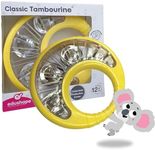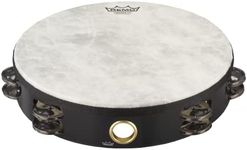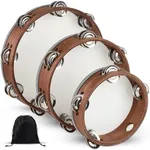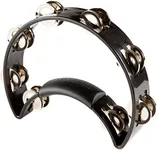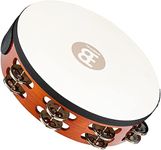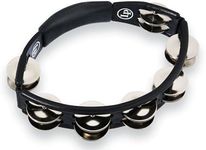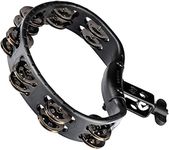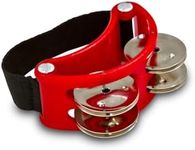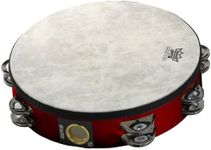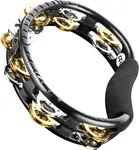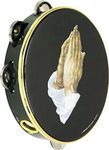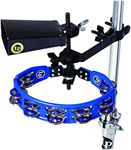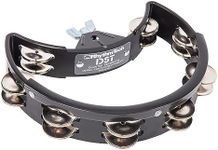We Use CookiesWe use cookies to enhance the security, performance,
functionality and for analytical and promotional activities. By continuing to browse this site you
are agreeing to our privacy policy
10 Best Tambourines 2025 in the United States
From leading brands and best sellers available on the web.How do we rank products for you?
Our technology thoroughly searches through the online shopping world, reviewing hundreds of sites. We then process and analyze this information, updating in real-time to bring you the latest top-rated products. This way, you always get the best and most current options available.

Most Popular Categories Right Now
FAQ
Buying Guide for the Best Tambourines
Choosing the right tambourine can greatly enhance your musical experience, whether you're a beginner or a seasoned musician. Tambourines come in various shapes, sizes, and materials, each affecting the sound and playability. Understanding the key specifications will help you make an informed decision that suits your musical style and needs.SizeThe size of a tambourine affects both its sound and how easy it is to play. Smaller tambourines (6-8 inches) are lighter and produce a higher pitch, making them suitable for children or for adding a bright, sharp sound to your music. Medium-sized tambourines (8-10 inches) offer a balance between playability and sound, making them versatile for various music styles. Larger tambourines (10-12 inches) produce a deeper, fuller sound but can be heavier and more challenging to handle. Choose a size that feels comfortable in your hands and matches the sound you want to achieve.
MaterialTambourines can be made from different materials, each influencing the instrument's tone and durability. Wooden tambourines offer a warm, natural sound and are often preferred for traditional music. Plastic tambourines are more durable and resistant to weather changes, making them ideal for outdoor performances. Metal tambourines produce a bright, cutting sound and are often used in rock and pop music. Consider where and how you will be using the tambourine to choose the right material for your needs.
JinglesThe jingles, or zills, are the small metal discs that create the tambourine's characteristic sound. The number and arrangement of jingles can vary, affecting the volume and tone. More jingles produce a louder, more sustained sound, while fewer jingles offer a crisper, more defined tone. Jingles can be made from different metals like steel, brass, or aluminum, each contributing to a unique sound. Think about the type of music you play and whether you need a bright, loud sound or a softer, more subtle tone.
Head TypeTambourines can have either a headed or headless design. Headed tambourines have a drum-like surface that can be struck to produce a rhythmic sound, adding versatility to your playing. They are great for genres that require both jingling and drumming. Headless tambourines, on the other hand, are lighter and easier to handle, focusing solely on the jingle sound. Choose a headed tambourine if you want the option to play rhythms, or a headless one if you prefer a simpler, more focused instrument.
GripThe grip of a tambourine affects how comfortable it is to hold and play. Some tambourines have ergonomic grips or padded handles to reduce hand fatigue during long playing sessions. Others may have a traditional, unpadded grip that offers a more authentic feel. If you plan to play for extended periods, look for a tambourine with a comfortable grip that fits well in your hand. This will help you maintain control and enjoy playing without discomfort.
